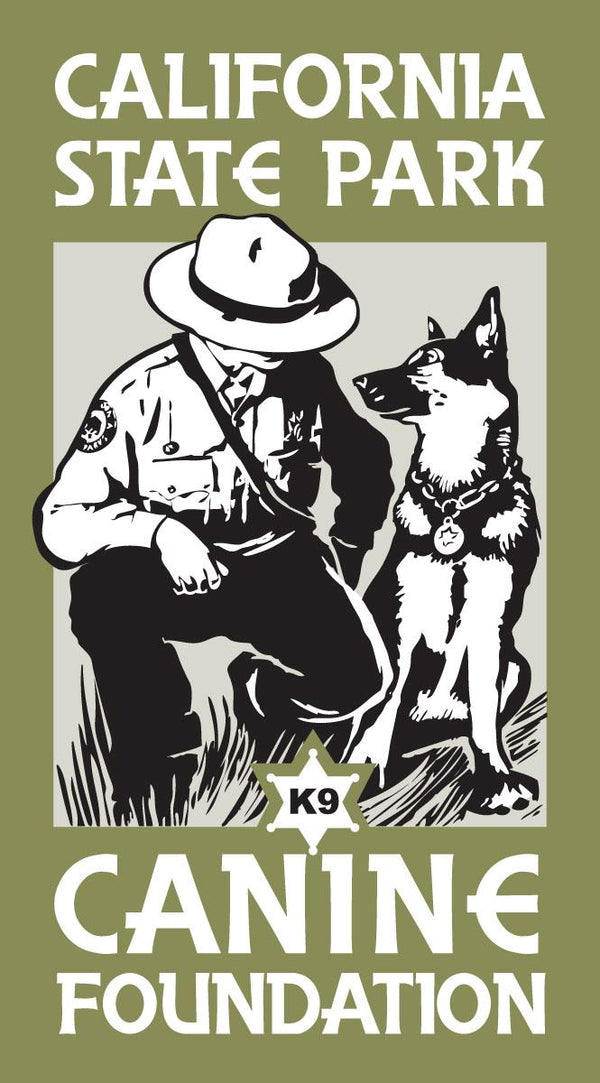History
It was the late 1960s and the Big Sur area was being inundated with people who abused the parks. They illegally camped, trashed large areas, and brought drugs and crime to pristine areas of state park land.
In 1969, State Park Rangers didn't have full police powers, nor were they armed, and they could only enforce park rules and regulations. Because of the extreme fire danger and resource damage by park visitors, and typical solo shifts at night by rangers, it was felt that a K9 would be a beneficial and protective tool for the rangers.
Along came Sam. He started out in the Guide Dogs for the Blind program, but was too rambunctious. He was then given to a family for protection, but that didn't work out either. So Sam began training as a patrol dog for State Parks. After eight weeks of training, Sam started working in Big Sur. The Big Sur K9 team developed a reputation..."Watch out for the state parks, one of the rangers has a dog that will tear you to shreds." Not necessarily, but this partnership was the beginning of a successful canine program.
Through the years the K9 program evolved to include parks across the state. Beginning in 1972, a K9 was used at Hearst Castle to protect against intruders and assist the rangers who patrolled the grounds at night. In 1976, the New World Liberation Front bombed one of the guest houses at Hearst Castle, missing a tour group by seconds. It was decided that more K9 teams were needed and they should be trained as explosive detection dogs as well.
Since 1969, over 70 rangers and lifeguards have served as K9 handlers. Over the years, State Park K9 teams have apprehended armed robbery, burglary, and rape suspects as well as tracking and finding lost and injured members of the public. Today, in addition to patrol work, most of our K9 teams are cross trained in either narcotics or explosives detection. They are called upon to perform their duties throughout the State Park system and regularly assist outside agencies.
